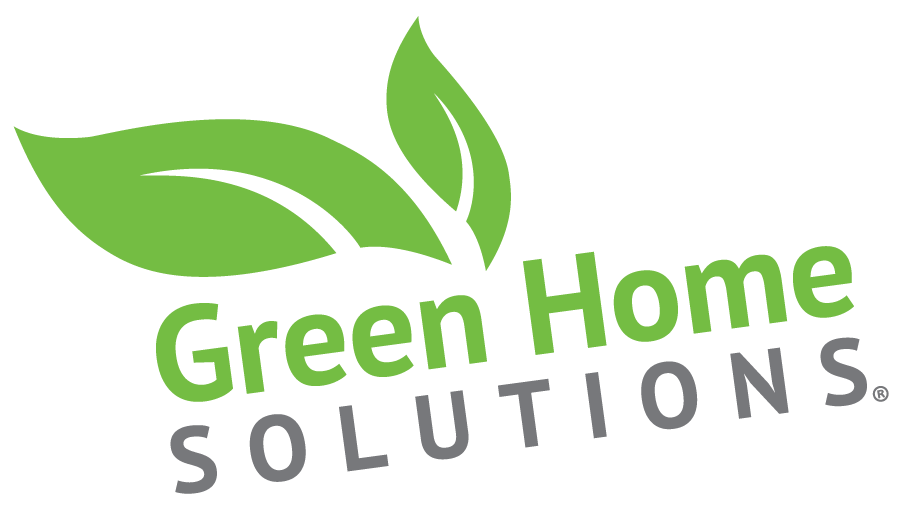What Molds are dangerous to humans and animals?
Some molds are known to produce mycotoxins that can be harmful to humans and animals. Some of the more well-known and potentially dangerous molds include:
- Stachybotrys chartarum: This mold, also known as “black mold,” is often associated with water damage and can produce mycotoxins that are harmful to humans and animals.
- Aspergillus: This is a common mold that can produce mycotoxins that can cause respiratory problems and other health issues in humans and animals.
- Penicillium: This is another common mold that can produce mycotoxins that are harmful to humans and animals.
- Fusarium: This mold can produce mycotoxins that are harmful to humans and animals and is often associated with water-damaged buildings.
- Alternaria: This mold is commonly found in outdoor environments and can cause respiratory problems and other health issues in humans and animals.
It’s important to note that not all strains of these molds produce mycotoxins, and the potential health effects of exposure depend on factors such as the extent of exposure, the individual’s sensitivity to the mold, and other factors. If you suspect that you have a mold problem in your home or workplace, it’s important to consult with a professional to properly identify the type of mold present and take appropriate measures to address the problem.
